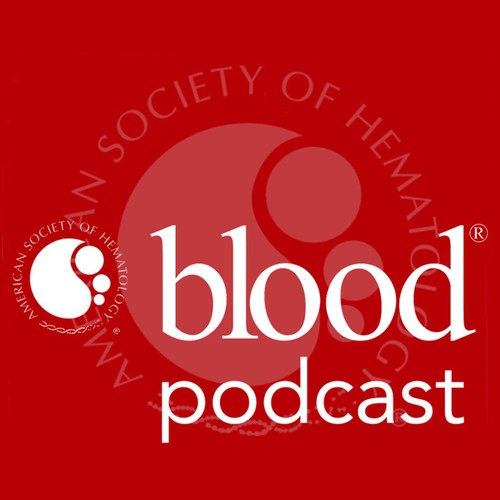
 Blood Podcast
Blood Podcast A novel mouse model of sickle cell SC disease; multiple myeloma induction therapy with isatuximab, carfilzomib, lenalidomide, and dexamethasone; and splicing factor mutations in myelodysplastic syndromes
Jul 3, 2025
Discover the groundbreaking mouse model mimicking human sickle cell SC disease, providing insights into treatment possibilities. Explore the promising results of a quadruplet therapy for multiple myeloma, combining isatuximab and others. Unearth the connection between splicing factor mutations and the clonal dynamics of myelodysplastic syndromes, revealing new potential therapeutic approaches. This week’s discussions dive deep into innovative therapies reshaping hematological disease management.
AI Snips
Chapters
Transcript
Episode notes
Distinct Mouse Model for HbSC Disease
- The new mouse model replicates many human sickle cell SC disease traits, allowing direct comparison with the HBSS form.
- It shows HBSC disease is distinct from HBSS, with unique features like xerocytosis impacting pathology and treatment.
Hydroxyurea Effects Depend on Timing
- Hydroxyurea benefits HBSC mice without raising fetal hemoglobin unless started in utero.
- Early treatment partially improves sickling and xerocytosis, mirroring human observations.
Effective Quadruplet Induction in Myeloma
- Quadruplet induction with izotuximab, carfilzomib, lenalidomide, and dexamethasone yields high response and MRD negativity in myeloma.
- MRD-driven risk-adapted approaches could spare some patients from upfront transplants.
